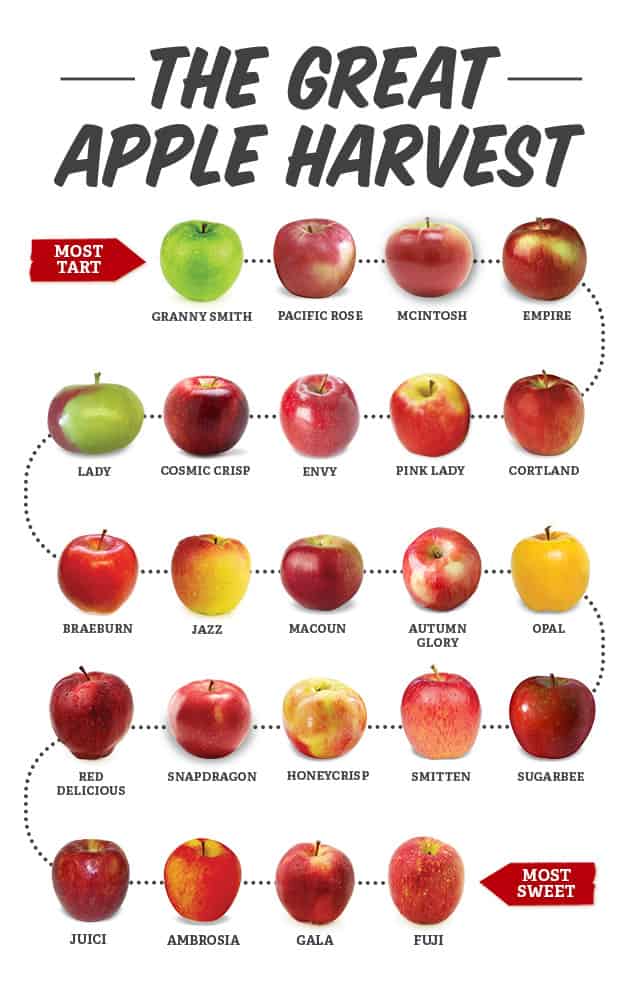In an era where convenience often outweighs diversity, Tom Brown stands as an unlikely hero—one whose quiet obsession with heritage apples has blossomed into a full-fledged mission to reclaim a vanishing part of America’s agricultural legacy. A retired chemical engineer from Clemmons, North Carolina, Brown has spent the past two decades traversing the Appalachian region, searching for rare and forgotten apple varieties that once flourished across family farms, rural orchards, and mountain homesteads.
Now in his 70s, Brown has already recovered more than 1,200 distinct heirloom apple varieties, many of which were thought to be extinct. Through careful documentation, grafting, and cultivation, he has helped bring these apples back into the public eye—some for the first time in over a century.

A Curious Beginning
Brown’s journey didn’t begin with a love for apples. In fact, before the late 1990s, he’d never given much thought to the fruit beyond what was available at his local grocery store: Red Delicious, Granny Smith, Gala—the usual suspects that dominate U.S. produce shelves. But a chance encounter at a farmers market in 1998 changed the course of his life.
At the market, he stumbled upon a vendor named Maurice Marshall, who offered apples with strange names and unusual colors. One was the dark and dense Arkansas Black, another the pale and sweet White Winter Jon, and still another, Etter’s Gold, had a flavor unlike anything he’d tasted. Brown was intrigued. Where had these apples come from? Why weren’t they widely available?
That conversation revealed a startling truth: America had once grown over 17,000 named apple varieties, but due to commercial agriculture’s emphasis on uniformity, convenience, and long shelf life, most of these had vanished from modern markets. By the late 20th century, just a handful of varieties made up 90% of all apple sales in the U.S.
“I was stunned,” Brown recalled in an interview. “The idea that there were apples nobody had tasted in generations—it just stuck with me.”

From Curiosity to Obsession
After that day, Brown threw himself into the world of apple preservation. He connected with small groups of rare fruit enthusiasts, read everything he could about pomology (the study of fruit), and began traveling to rural communities, asking older residents about the apples they remembered from childhood.
His search often took him off the beaten path—down overgrown trails, up into abandoned orchards, and into conversations with people who held fragments of local food history in their memories. Armed with vintage nursery catalogs, handwritten descriptions, and sheer determination, Brown learned to identify rare apples by their leaf shape, bark, bloom time, and, of course, flavor.
It didn’t take long before people began calling him “The Apple Hunter.”
A Race Against Time
Brown’s work is as much archaeology as it is agriculture. Some of the apples he’s found—like the Yellow Potts or the Night Dropper—existed only in family memory or as obscure mentions in 19th-century orchard ledgers. In many cases, the trees he located were the last known specimens of their kind.
Rather than simply documenting these varieties, Brown goes a step further: he collects scion wood (a twig used for grafting) and cultivates the apples in his own orchard, ensuring their survival for future generations. He now grows approximately 700 heirloom apple varieties on his property in North Carolina.
But despite his success, Brown emphasizes that time is of the essence. Many of the people who remember these apples are elderly, and the trees themselves are aging, often hidden in forgotten corners of farmland that is rapidly being developed or reclaimed by forest.
“It really is a race,” Brown said in a recent talk. “If I don’t get there in time, those apples are gone forever.”

The Apples Themselves
What makes heirloom apples so special? According to Brown, it’s not just about history—it’s about flavor, character, and diversity.
Modern commercial apples are bred for their ability to withstand long shipping times and appeal to a wide market. In contrast, heirloom varieties offer a stunning range of tastes and textures, from spicy and tart to sweet and buttery. Some are ideal for cider; others were once prized for baking or storing through long winters.
“There’s an apple called the Brushy Mountain Limbertwig that’s firm and tangy and makes the best pie you’ve ever had,” Brown said. “And another one, the Crow’s Egg, has a kind of melon flavor to it—it’s wild.”

Legacy and Motivation
Now more than two decades into his second career, Brown has no plans to stop. He continues to speak at heritage food festivals, exchange grafts with other orchardists, and travel the back roads of Appalachia with a notebook and pruning shears in hand.
Asked what keeps him going, he answers without hesitation: “I like the challenge. My favorite apple is always the one I haven’t found yet.”
Through his work, Tom Brown has ensured that these apples—and the stories they carry—aren’t lost to history. He’s preserving more than just fruit; he’s safeguarding a cultural heritage that once thrived in every American orchard and kitchen.
And thanks to his quiet dedication, future generations will be able to bite into apples their great-great-grandparents once cherished—fruits of a forgotten past, now found again.
